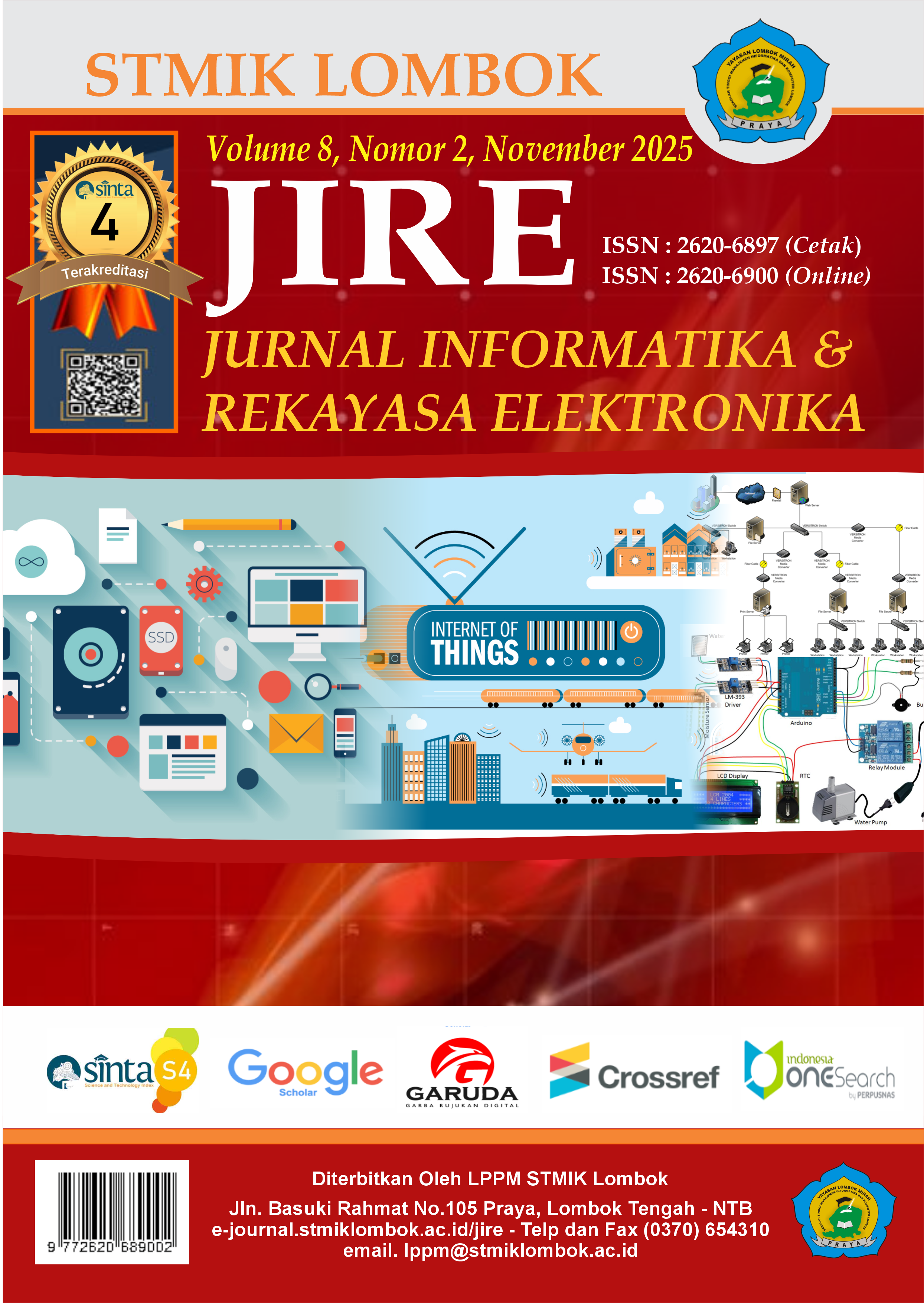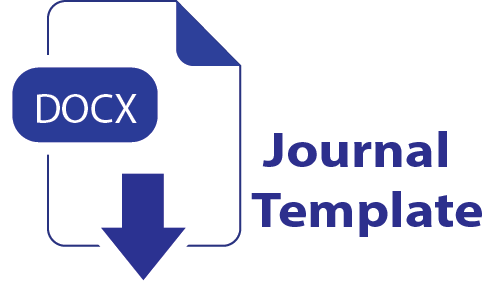ADDIE-BASED WEB BOOKING SYSTEM FOR RURAL TOURISM
DOI:
https://doi.org/10.36595/jire.v8i2.1844Keywords:
ADDIE Model, AI Chat Integration, Community-Based Tourism, Digital Transformation, Smart Tourism VillageAbstract
Digital transformation plays a crucial role in fostering innovation within community-based tourism services, particularly in rural areas of Indonesia. This study aims to develop a Web-Based Travel and Car Booking Application using the ADDIE model (Analysis, Design, Development, Implementation, and Evaluation) as a systematic framework to support the digital transformation of tourism transportation services in Rembitan Village, Central Lombok Regency. A mixed-method approach was employed to integrate user needs analysis, user-centered design, system development, and functional evaluation. The black-box testing results indicated that all system modules operated according to specifications with a 100% success rate. A quantitative evaluation using the System Usability Scale (SUS) was conducted on ten key participants, representing the entire population of active transport operators in the village. The results yielded an average score of 91.5 (Excellent category), indicating high usability and ease of use for non-technical users. Qualitative findings revealed improvements in operational efficiency, faster booking and payment confirmation, and greater transparency through the integration of the WhatsApp API and AI Chat Integration modules. The findings confirm that the ADDIE model effectively produces a digital system that is scientifically rigorous, technically reliable, and socially impactful. The developed application serves as a practical prototype for Smart Tourism Village implementation, promoting sustainable digital transformation and local economic empowerment within rural tourism sectors in Indonesia.
Downloads
References
[1] S. Sukaris and I. Kirono, “Digital Transformation For Sustainable Village Tourism,” J. Manajerial, vol. 12, no. 01, p. 108, Apr. 2025, doi: 10.30587/jurnalmanajerial.v12i01.9447.
[2] A. P. E. Susilowati, R. Rachmawati, and R. Rijanta, “Smart village concept in Indonesia: ICT as determining factor,” Heliyon, vol. 11, no. 1, p. e41657, Jan. 2025, doi: 10.1016/j.heliyon.2025.e41657.
[3] M. Brati? et al., “New Era of Tourism: Innovative Transformation Through Industry 4.0 and Sustainability,” Sustainability, vol. 17, no. 9, p. 3841, Apr. 2025, doi: 10.3390/su17093841.
[4] I. Hastuti, S. Sopingi, I. Hendra Prabowo, and N. Waka Aji, “Digital Management Model in Tourism Village in Indonesia,” Proceeding Int. Conf. Sci. Health Technol., pp. 247–252, 2022, doi: 10.47701/icohetech.v3i1.2243.
[5] N. K. P. G. Sarja, M. P. A. Ariawan, T. R. Pamularsih, and I. B. A. Peling, “Bali Tourism Village Information System Development Using Laravel Framework,” in Proceedings of the International Conference on Sustainable Green Tourism Applied Science - Social Applied Science 2024 (ICoSTAS-SAS 2024), vol. 308, A. A. N. G. Sapteka, I. G. L. M. Parwita, I. K. Wiratama, F. Moi, K. W. Widantha, E. Septevany, D. A. I. C. Dewi, W. E. Mariani, and R. N. Fakhrurozi, Eds., in Advances in Economics, Business and Management Research, vol. 308. , Dordrecht: Atlantis Press International BV, 2024, pp. 775–782. doi: 10.2991/978-94-6463-622-2_85.
[6] O. Vlahovi?, Ž. Ra?enovi?, D. Perovi?, V. Vuja?i?, and K. Davidovi?, “Digital Transformation in Tourism: The Role of E-Booking Systems,” Croat. Reg. Dev. J., vol. 5, no. 2, pp. 129–145, 2024, doi: 10.2478/crdj-2024-0012.
[7] A. Firmansyah, T. Siswanto, and G. B. Santoso, “Development of a Web-Based Tourist Bus Rental Application at PO Tali Jaya,” Intelmatics, vol. 5, no. 1, pp. 25–32, 2025, doi: 10.25105/v5i1.21096.
[8] R. Indriyani and R. E. Saputro, “Improving Dolan Banyumas App: A Design Thinking Approach to Enhance Tourism Services,” J. Inf. Syst. Inform., vol. 7, no. 1, pp. 158–177, 2025, doi: 10.51519/journalisi.v7i1.991.
[9] E. C. S. Ku, “Digital transformation and tourism service innovation performance: the moderating effects of ICT readiness in tourism businesses’ innovation,” Asia Pac. J. Tour. Res., pp. 1–21, Oct. 2025, doi: 10.1080/10941665.2025.2574035.
[10] - Rasyidah, A. Erianda, A. Alanda, and R. Hidayat, “Systematic Literature Review: Digitalization of Rural Tourism Towards Sustainable Tourism,” Int. J. Adv. Sci. Comput. Eng., vol. 5, no. 3, pp. 247–256, Dec. 2023, doi: 10.62527/ijasce.5.3.134.
[11] “Desa Wisata Rembitan.” Accessed: Oct. 31, 2025. [Online]. Available: https://jadesta.kemenparekraf.go.id/desa/rembitan?
[12] R. M. Branch, Instructional Design: The ADDIE Approach. Boston, MA: Springer US, 2009. doi: 10.1007/978-0-387-09506-6.
[13] M. Molenda, “In Search of the Elusive ADDIE Model: Performance Improvement,” Perform. Improv., vol. 54, no. 2, pp. 40–42, Feb. 2015, doi: 10.1002/pfi.21461.
[14] J. A. Talamás-Carvajal and H. G. Ceballos, “A stacking ensemble machine learning method for early identification of students at risk of dropout,” Educ. Inf. Technol., vol. 28, no. 9, pp. 12169–12189, Sept. 2023, doi: 10.1007/s10639-023-11682-z.
[15] K. Rana and R. Chimoriya, “A Guide to a Mixed-Methods Approach to Healthcare Research,” Encyclopedia, vol. 5, no. 2, p. 51, Apr. 2025, doi: 10.3390/encyclopedia5020051.
[16] K. Fuchs, “A Systematic Guide for Conducting Thematic Analysis in Qualitative Tourism Research,” J. Environ. Manag. Tour., vol. 14, no. 6, p. 2696, Sept. 2023, doi: 10.14505/jemt.v14.6(70).17.
[17] L. S. Nowell, J. M. Norris, D. E. White, and N. J. Moules, “Thematic Analysis: Striving to Meet the Trustworthiness Criteria,” Int. J. Qual. Methods, vol. 16, no. 1, p. 1609406917733847, Dec. 2017, doi: 10.1177/1609406917733847.
[18] A. M. Deshmukh and R. Chalmeta, “Validation of system usability scale as a usability metric to evaluate voice user interfaces,” PeerJ Comput. Sci., vol. 10, p. e1918, Feb. 2024, doi: 10.7717/peerj-cs.1918.
[19] Safaruddin, H. Syam, and Darmawang, “Development of Microlearning Content for Software Engineering Courses by Using ADDIE Model,” Asian J. Educ. Soc. Stud., vol. 49, no. 3, pp. 515–521, Nov. 2023, doi: 10.9734/ajess/2023/v49i31175.
[20] A. G. Spatioti, I. Kazanidis, and J. Pange, “A Comparative Study of the ADDIE Instructional Design Model in Distance Education,” Information, vol. 13, no. 9, p. 402, Aug. 2022, doi: 10.3390/info13090402.
[21] S. Yin, “Digital transformation for sustainable development,” Sustain. Soc. Dev., vol. 2, no. 5, p. 2802, Nov. 2024, doi: 10.54517/ssd2802.
[22] V. Braun and V. Clarke, “Using thematic analysis in psychology,” Qual. Res. Psychol., vol. 3, no. 2, pp. 77–101, Jan. 2006, doi: 10.1191/1478088706qp063oa.
[23] J. Nielsen, “Usability Heuristics,” in Usability Engineering, Elsevier, 1993, pp. 115–163. doi: 10.1016/B978-0-08-052029-2.50008-5.
[24] N. A. Ismail et al., “User-centred Design and Evaluation of Web and Mobile based Travelling Applications,” Int. J. Adv. Comput. Sci. Appl., vol. 12, no. 8, 2021, doi: 10.14569/IJACSA.2021.0120854.
[25] M. Williams, K. K. K. Yao, and J. R. C. Nurse, “ToARist: An Augmented Reality Tourism App created through User-Centred Design,” presented at the Proceedings of the 31st International BCS Human Computer Interaction Conference (HCI 2017), 2017. doi: 10.14236/ewic/HCI2017.1.
[26] D. Astuti, B. Kisworo, Y. Olayinka Shogbesan, and W. Herwina, “The Effect of Local Community Empowerment on Digital Transformation in Cultural and Tourism Preservation,” JPPM J. Pendidik. Dan Pemberdaya. Masy., vol. 11, no. 1, pp. 1–13, May 2024, doi: 10.21831/jppm.v11i1.72325.
[27] A. Obaid, “Using Prototypes in Agile Software Development,” Int. J. Comput. Inform., vol. 3, no. 2, pp. 23–38, Feb. 2024, doi: 10.59992/IJCI.2024.v3n2p2.
[28] L. Braunerhielm and F. Hoppstadius, “The relationship between technology and place in tourism,” Anatolia, vol. 36, no. 2, pp. 363–377, Apr. 2025, doi: 10.1080/13032917.2024.2417434.
[29] B. Maqbool and S. Herold, “Potential effectiveness and efficiency issues in usability evaluation within digital health: A systematic literature review,” J. Syst. Softw., vol. 208, p. 111881, Feb. 2024, doi: 10.1016/j.jss.2023.111881.
Downloads
Published
How to Cite
Issue
Section
License
Semua tulisan pada jurnal ini menjadi tanggungjawab penuh penulis.













